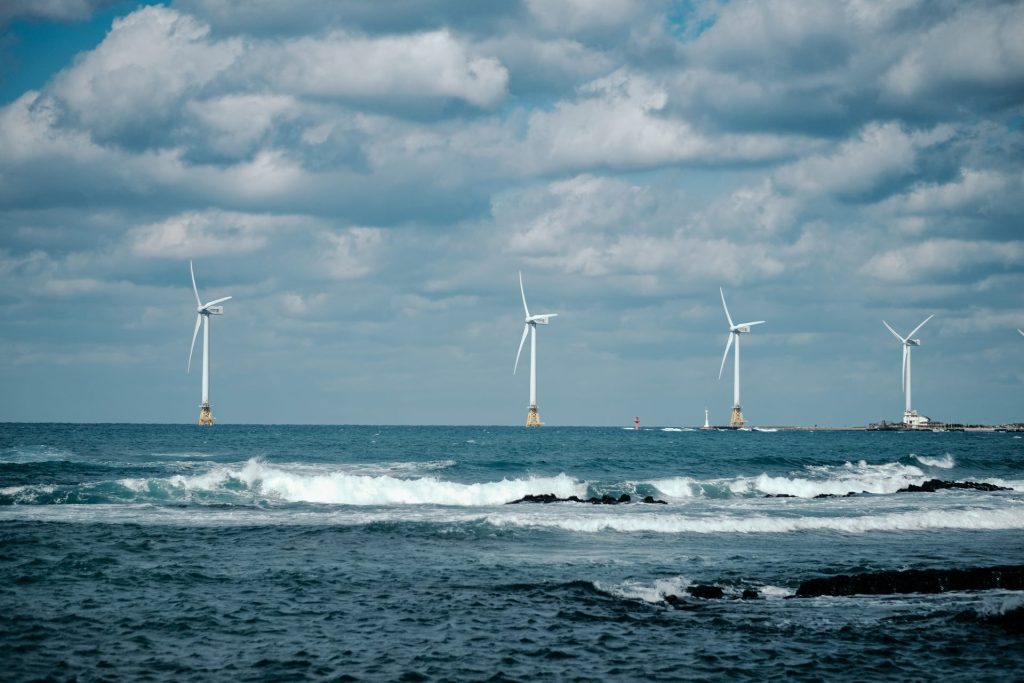As Jeju Island faces heightened discussion surrounding wind power curtailment, this phenomenon is not unique to the island. Around the world, numerous countries are grappling with renewable energy management challenges. For instance, in the United States, curtailments of solar and wind power have been experienced in California, while the Energy Information Administration forecasts that renewable curtailments in Texas will likely double by 2035.
As nations and regions continue to expand their renewable energy capabilities, maintaining grid stability amidst fluctuations in supply and demand becomes crucial. However, curtailments are necessary to ensure grid equilibrium, emphasizing the need for advanced energy storage solutions and dynamic grid management systems. By investing in these technologies, renewable energy can be better integrated into the power grid, minimizing wastage and ensuring consistent power supply to consumers.
The Importance of Grid Resiliency and Reliability
A successful clean energy transition hinges on more than just maximizing renewable energy production; it also requires a stable and adaptive grid. This entails a strong focus on grid resiliency and reliability and ensuring that a balance is achieved between energy generation, storage capacities, and demand-side management techniques.
Jeju Island’s experience offers valuable lessons in this area, demonstrating the need for sophisticated grid management systems that can accommodate and utilize fluctuating power supply from renewable sources. By building resilient and reliable grids, we can more effectively manage the variability inherent in renewable energy, ultimately paving the way for a more sustainable energy future.
Jeju Island: A Model for Sustainable Tourism
As one of the top tourist destinations in South Korea, Jeju Island’s ambitious environmental goals have put it in the spotlight, attracting global admiration and interest. Through its Carbon Free Island 2030 project, the island aims to significantly reduce greenhouse gas emissions and promote renewable energy use.
By collaborating with multiple stakeholders, developing innovative solutions for solar and wind energy and supporting electric vehicle adoption, Jeju Island is steadily progressing towards achieving its sustainability targets. As the island continues to invest in green technologies, it inspires other countries and regions to emulate its efforts in the fight against climate change.
Growth in Renewable Energy Capacity
In line with its ambitious environmental goals, Jeju Island has rapidly expanded its renewable energy infrastructure over the past decade. By 2022, the island’s wind power capacity had increased 22-fold since 2006, while solar capacity had also grown dramatically, outpacing wind power in 2017.
This exponential growth in renewable energy capacity demonstrates Jeju Island’s commitment to reducing its dependence on fossil fuels and fostering sustainable practices. As more investments are channeled towards innovative green technologies, the island showcases a feasible pathway for others to follow in their pursuit of a cleaner, greener future.
A Greener Future for Jeju
Currently, nearly 18% of Jeju’s electricity is generated from renewable sources, a percentage that is expected to surge in the coming years as the local government continues to set ambitious renewable energy targets. The focus on clean, sustainable energy not only diminishes fossil fuel dependence but also mitigates climate change impacts, ensuring a greener future for the island and setting a strong example for others to follow.
In conclusion, Jeju Island’s experience highlights the urgent need for advanced grid management systems and energy storage solutions to effectively harness the abundant renewable energy resources available. By investing in reliable and adaptive energy grids, we can unlock the full potential of renewable energy and pave the way for a more sustainable future.
FAQ
Why is wind power curtailment a global challenge?
Wind power curtailment is a global challenge as many countries are expanding their renewable energy capabilities, and maintaining grid stability amidst fluctuations in supply and demand is crucial. Curtailments are necessary to ensure grid equilibrium, emphasizing the need for advanced energy storage solutions and dynamic grid management systems.
What is the importance of grid resiliency and reliability in renewable energy management?
Grid resiliency and reliability are vital in managing renewable energy as they ensure a balance between energy generation, storage capacities, and demand-side management techniques. Building resilient and reliable grids makes it possible to manage the variability inherent in renewable energy, paving the way for a more sustainable energy future.
How is Jeju Island a model for sustainable tourism and environmental stewardship?
Jeju Island is a model for sustainable tourism and environmental stewardship due to its ambitious environmental goals, such as the Carbon Free Island 2030 project. Collaboration with multiple stakeholders, innovative solutions for solar and wind energy, and support for electric vehicle adoption make Jeju Island an inspiration for others in the fight against climate change.
What is the growth in renewable energy capacity on Jeju Island?
Jeju Island has rapidly expanded its renewable energy infrastructure over the past decade. By 2022, the island’s wind power capacity had increased 22-fold since 2006, while solar capacity had also grown dramatically, outpacing wind power in 2017. This growth demonstrates the commitment to reducing dependence on fossil fuels and fostering sustainable practices.
How does Jeju Island’s experience benefit the future of renewable energy?
Jeju Island’s experience highlights the need for advanced grid management systems and energy storage solutions to effectively harness renewable energy resources. By investing in reliable and adaptive energy grids, we can unlock the full potential of renewable energy and pave the way for a more sustainable future.
First Reported on: insideclimatenews.org
Featured Image Credit: Photo by insung yoon on Unsplash; Thank you!





























